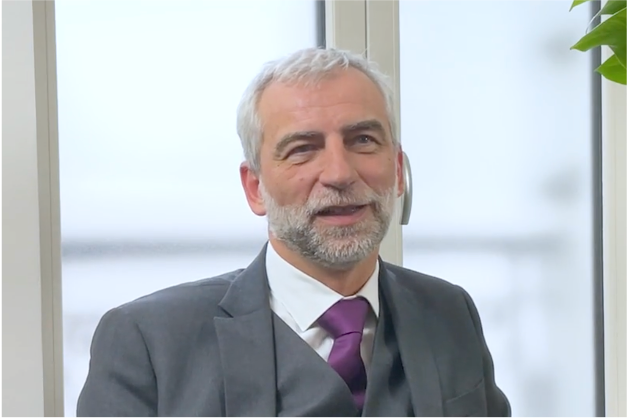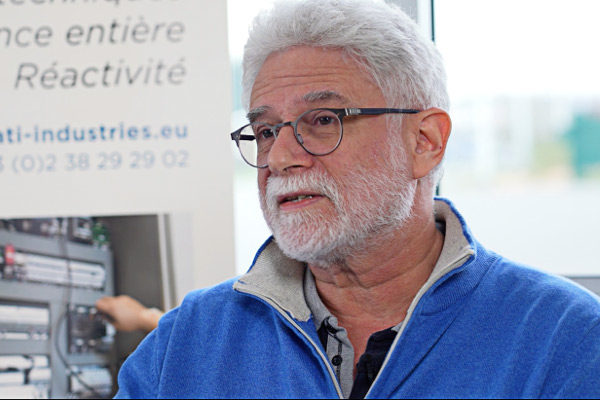Companies are often faced with rapid changes in their immediate environment which reveal malfunctions in their operations. Malfunctions that are, in fact, purely internal. Experience shows, however, that it is by involving all employees in the identification of issues and in strategic decisions, and then refocusing the organisation on a clear value proposition in line with its raison d’être, that companies benefit from change instead of being subjected to it. Explanations.
There is no shortage of cause for concern among leaders these days. Even if renewed growth is boosting order books like never before, the crisis has accelerated changes that had already been underway for a long time: customer fickleness, the return of scarcity, changes in consumption patterns, hyper-competition, the emergence of disruptive players, etc. As a result, the paradigms on which their business models were based are disappearing one by one in favour of a permanently unstable, complex and uncertain environment. And as this “new normal” in turn reduces the field of view of leaders, it forces them to navigate by sight in an essentially defensive position.
Collectively identify the sources of value creation and destruction
How do you lead in such an environment? The answer is primarily strategic. Any change in the balance of power in their market should cause companies to adjust their value proposition and reallocate their resource portfolio. But this alone is not enough. Because without the ability to project themselves into the future, companies must be able to transform themselves continuously. A need that is hampered by the vertical structure of organisations and therefore their lack of flexibility. The response is therefore strategic, but also and perhaps above all organisational, cultural or even psychological.
So how do you lead? The priority is to involve all teams in the analysis of the issues facing the company. The objective of this effort is to reach a consensus on the real sources of value creation and therefore also, correlatively, on the sources of value destruction. Everyone is then able to grasp the complexity of the issues at stake, which is a prerequisite for informed and consensual decision-making. When understood collectively, these choices will then contribute to redefining a clear, legible value proposition, and above all one that is in line with the company’s raison d’être.
Mainstreaming the principle of subsidiarity within companies
This is a big challenge for those in leadership positions. It goes against the statutory, vertical and infantilising organisational models still often used in companies. It implies empowerment of teams at all organisational levels and decentralisation of decision-making. The principle of subsidiarity must therefore take precedence, whereby a central authority carries out only those tasks that cannot be performed at a lower level.
From this point of view, the many changes taking place in a company’s immediate environment can be seen as opportunities. They are all tipping points that must prompt leaders to re-examine their entire organisational structure, their management methods, their governance and their implicit power relationships. And there is much to gain from this. Rather than a means of survival, this ability to adapt to an ever-changing world by collectively challenging themselves could indeed become their main competitive advantage in the future.
How can this be done?
On the one hand, the culture of subsidiarity, and therefore of initiative, flourishes more easily with the establishment of clear and formalised decision-making processes. These processes are not intended to be static. But modifications over time will also have to comply with the decision-making process.
On the other hand, learning support must be implemented, which includes the deployment of subsidiarity. This involves understanding the emotions of employees and accompanying them in their first steps.
The first reaction of employees is often not to do anything different for fear of having to take responsibility for an unsuccessful initiative in front of their colleagues. In a country where the current vocabulary constantly confuses responsibility with accountability, it is difficult to grow in terms of responsibility. The leader must therefore give not only permission but also protection.
Even when the desire for personal development in the company outweighs feelings of apprehension, employees still need concrete support to experience the actual decision-making process without their superiors. This support can be provided by management or by coaches. But it should be strictly limited to the decision-making process and never interfere with the content of the decision being considered, otherwise the message to employees would be that nothing has changed, and old practices would remain in place.
Experience shows that the change of culture is quite fast, i.e. about one year, if the management takes care of the above mentioned points. Of course, some employees will keep their previous habits, but the active and enthusiastic minority will quickly draw most people into this dynamic, for the betterment of the company but also of each individual.


